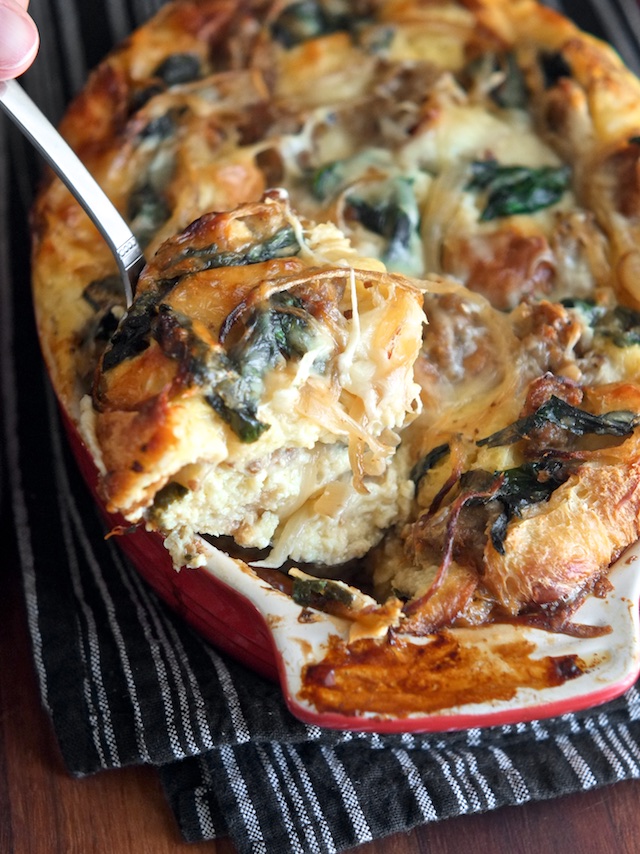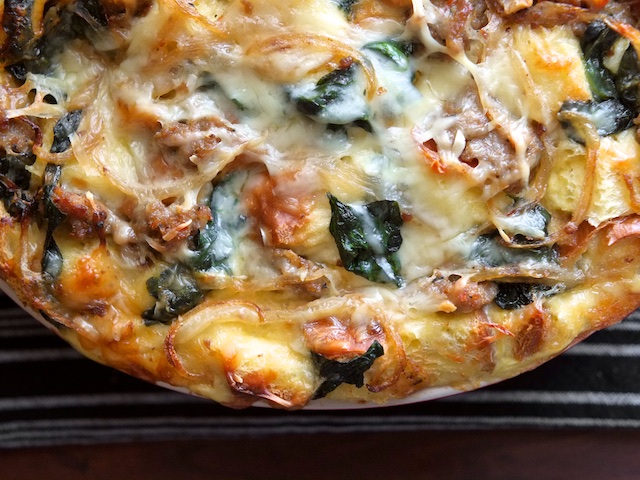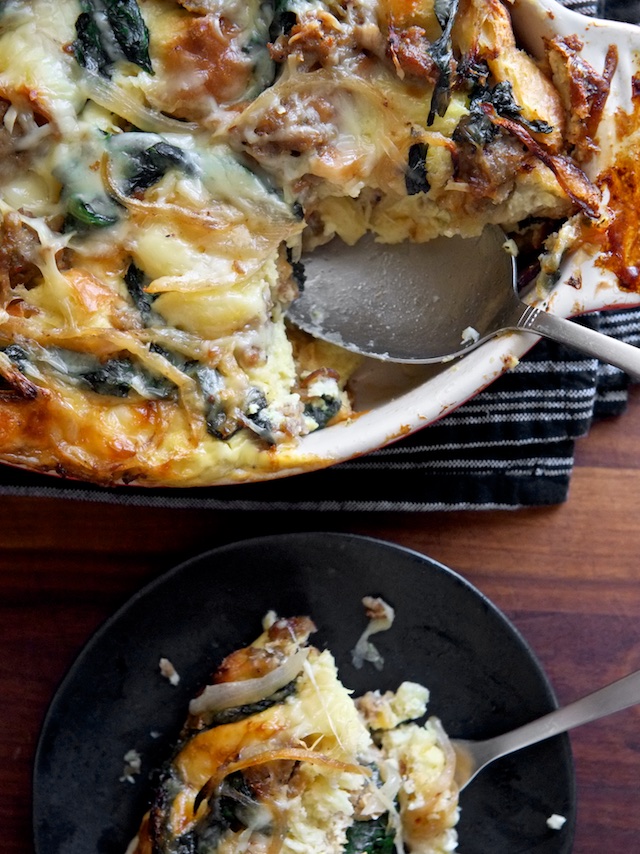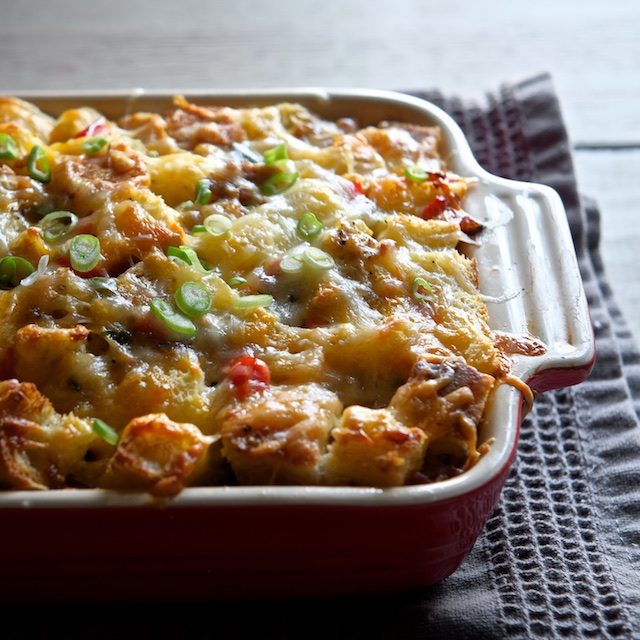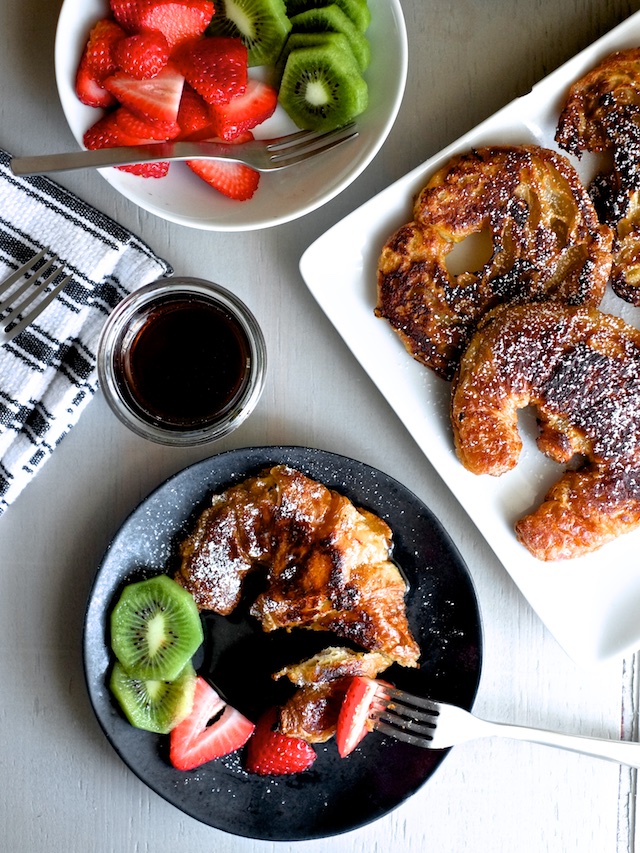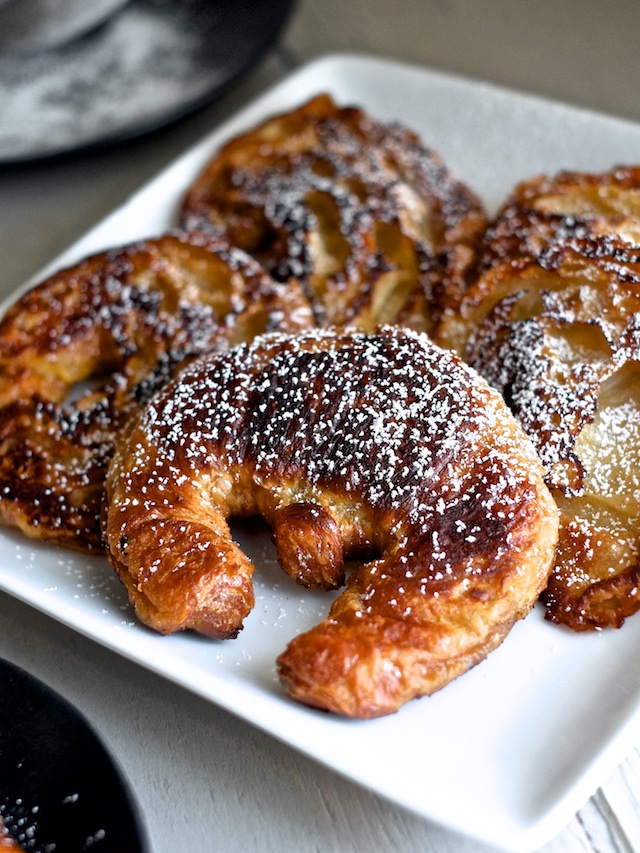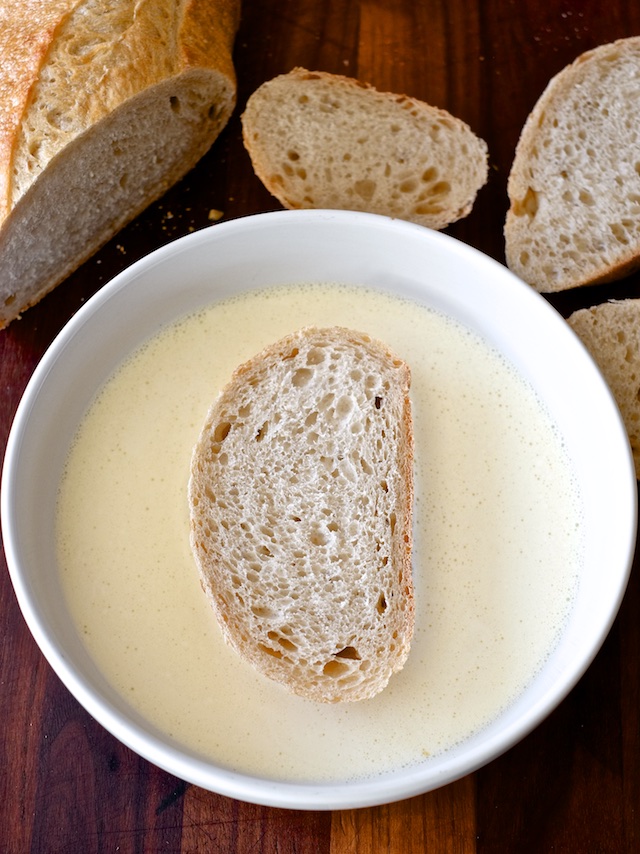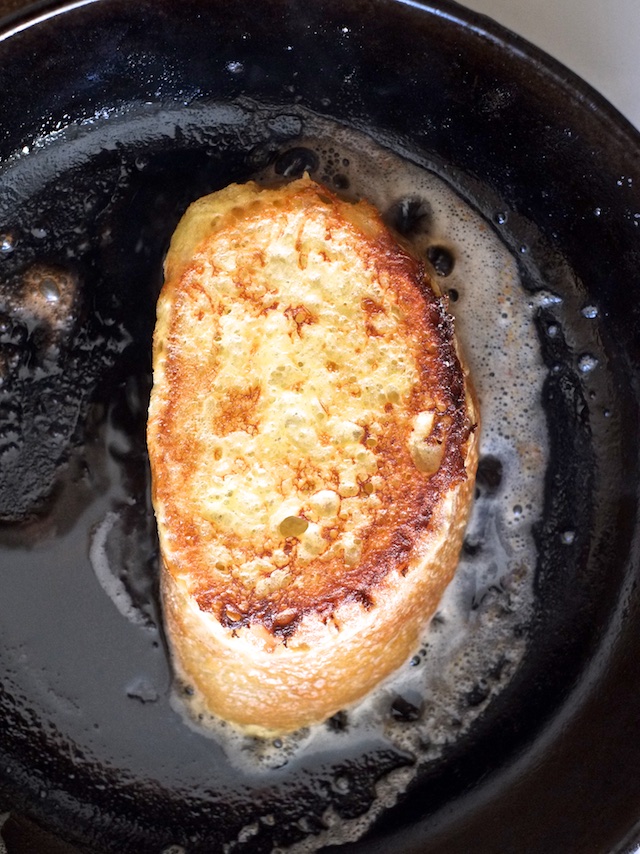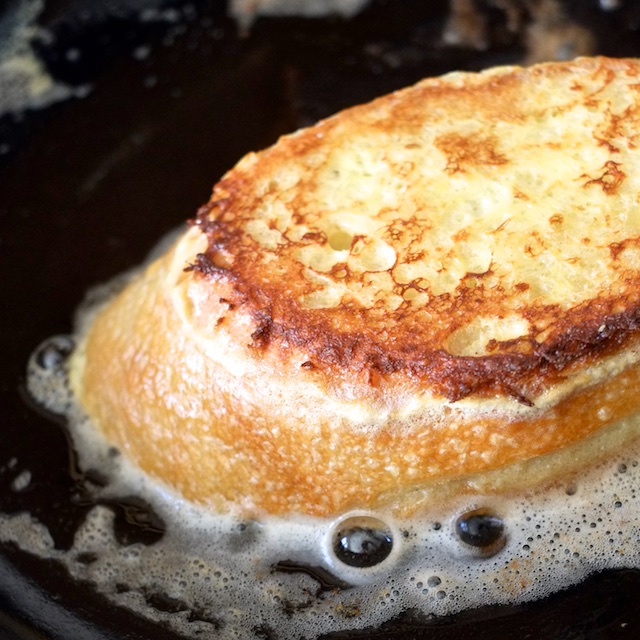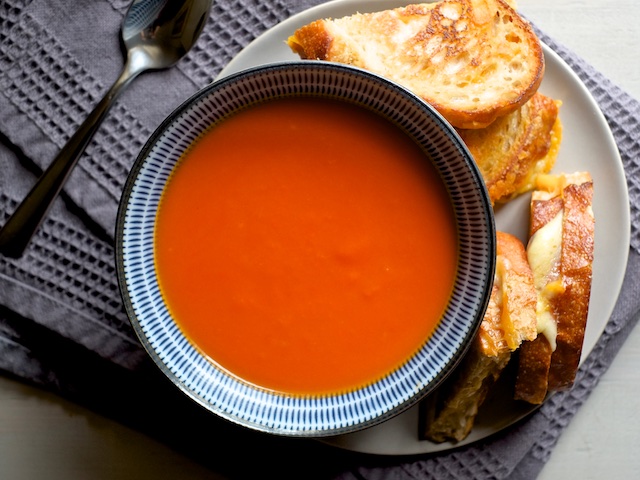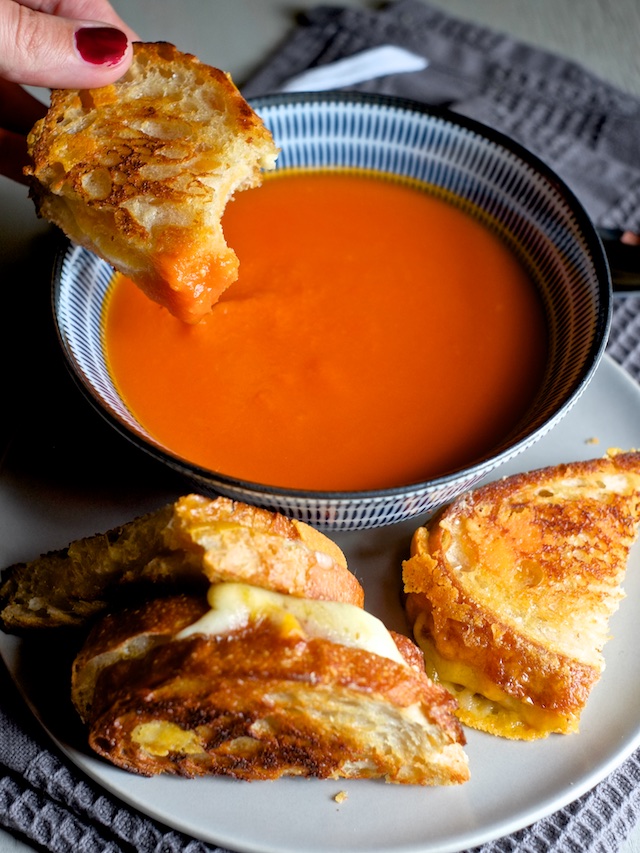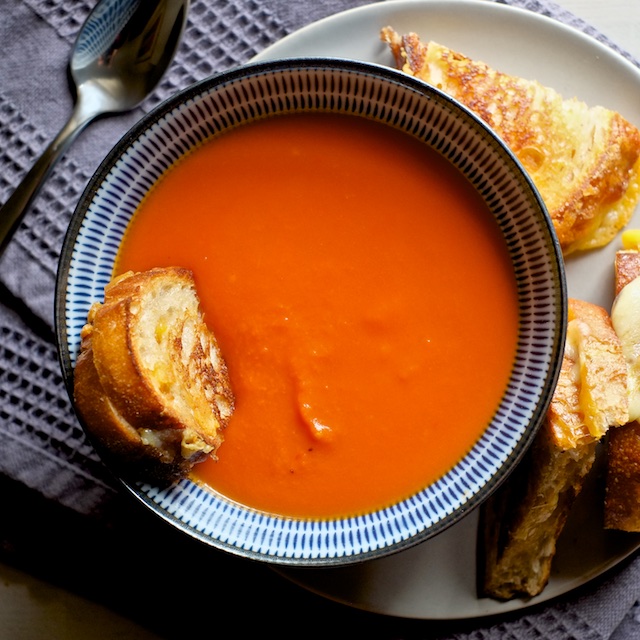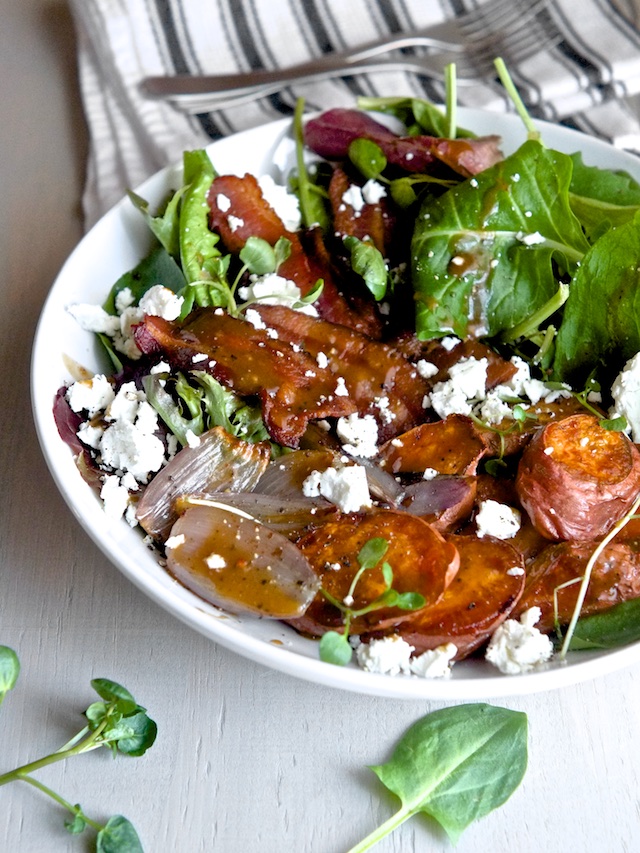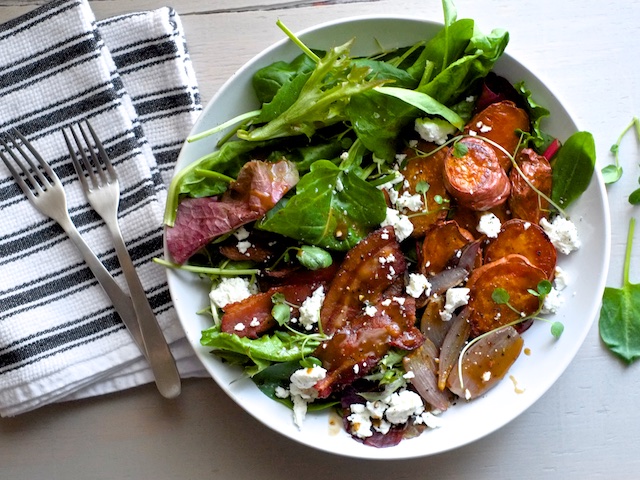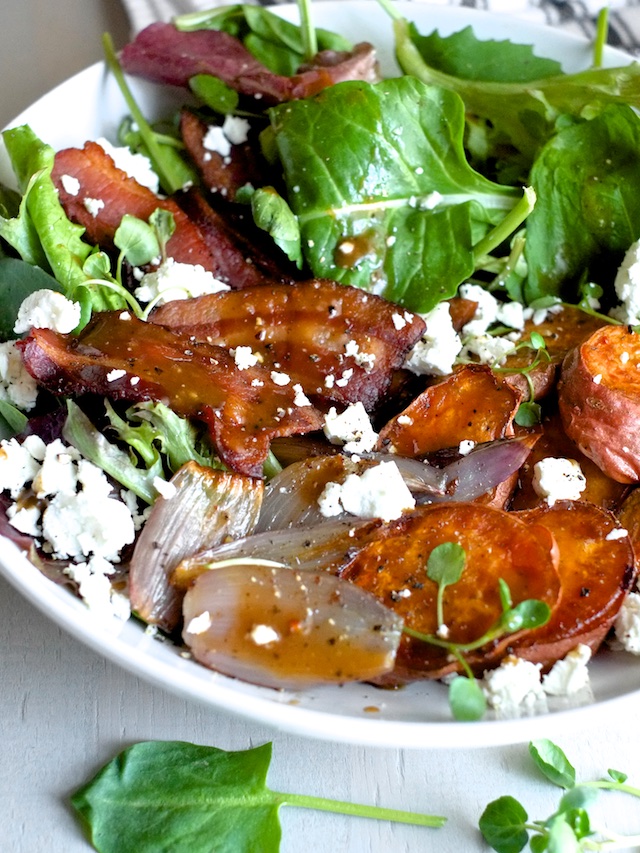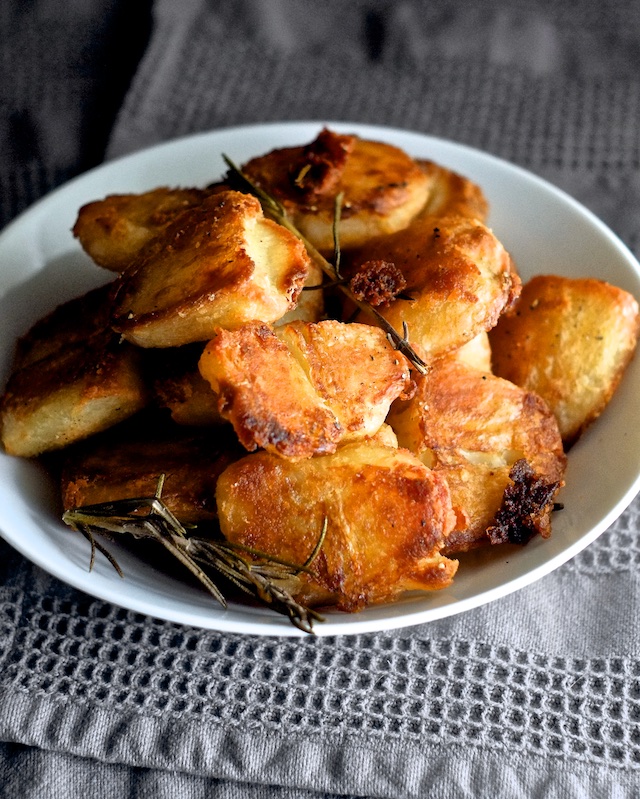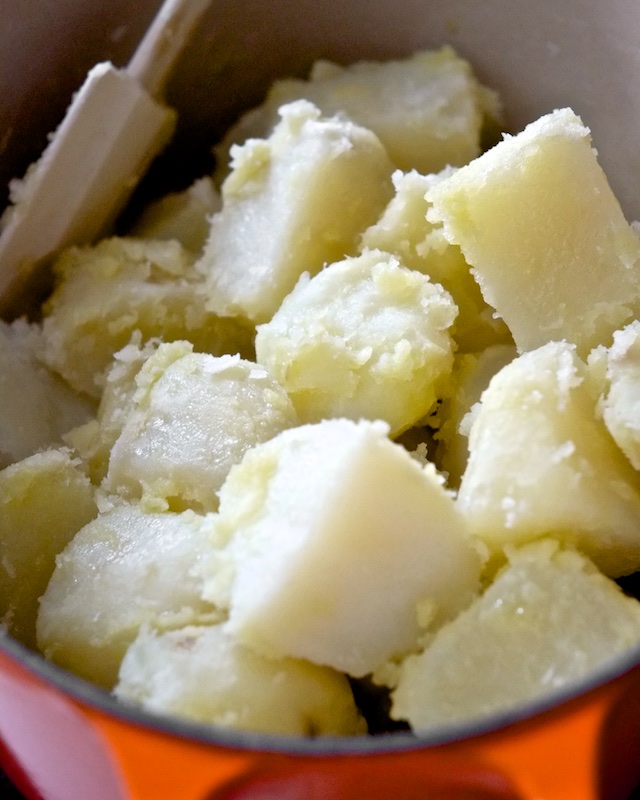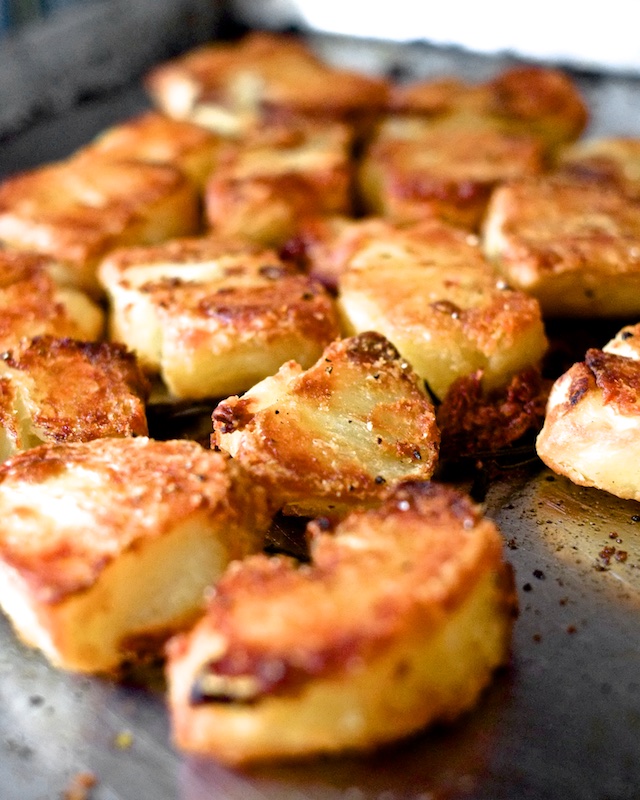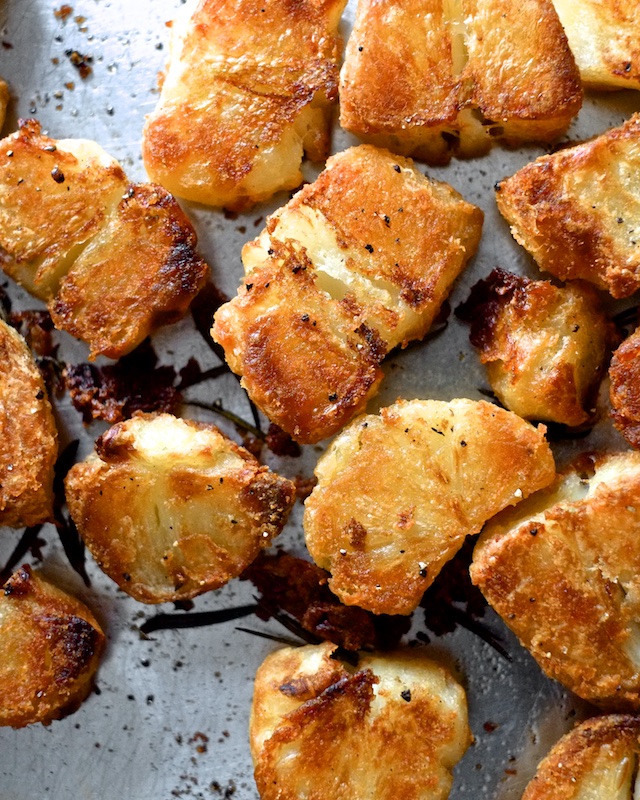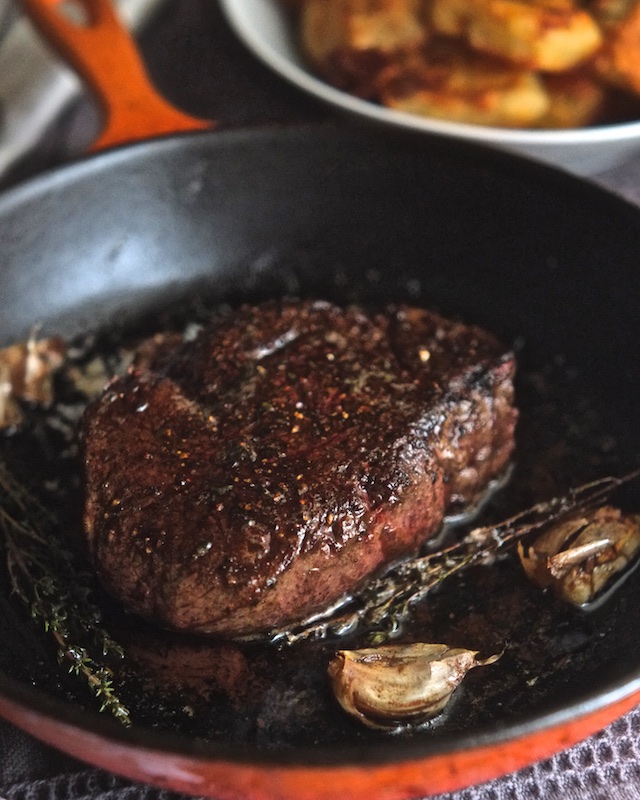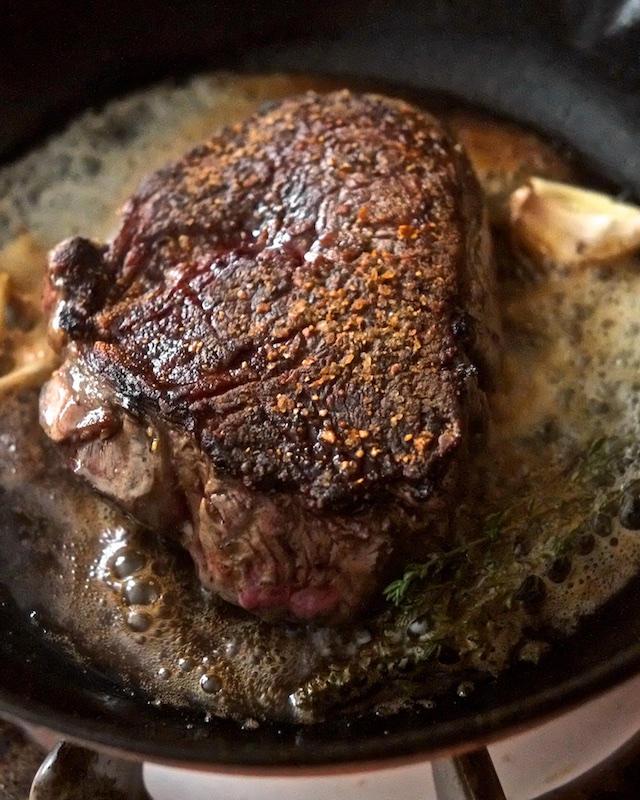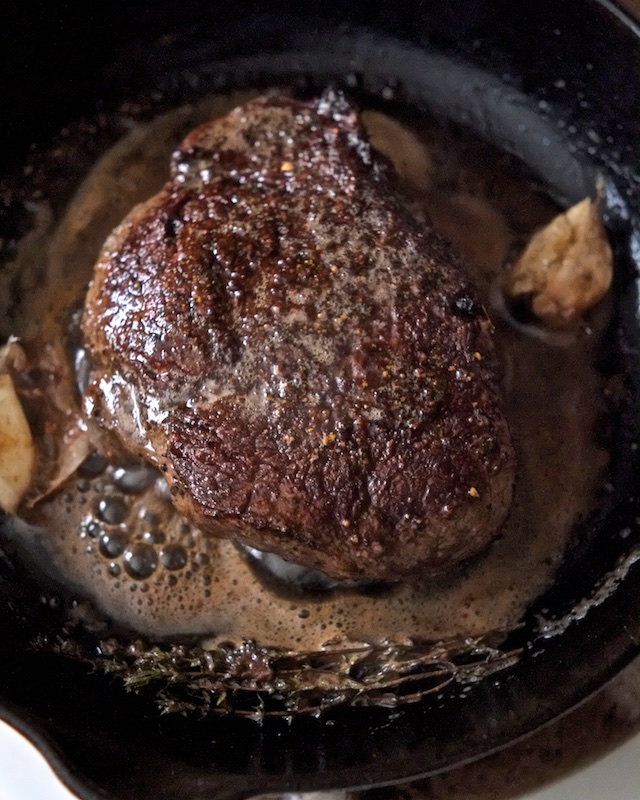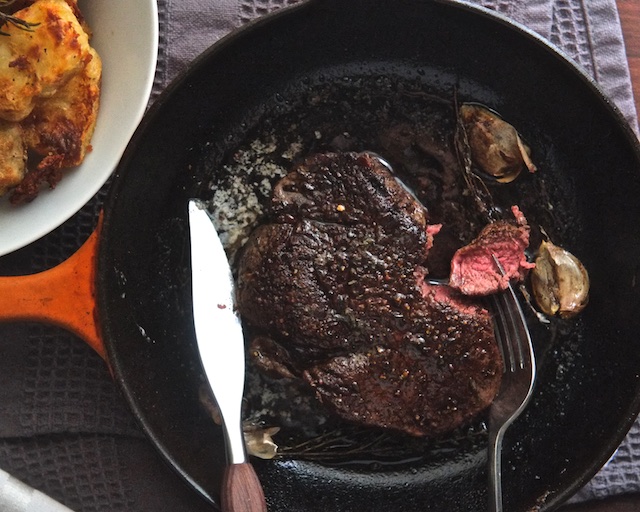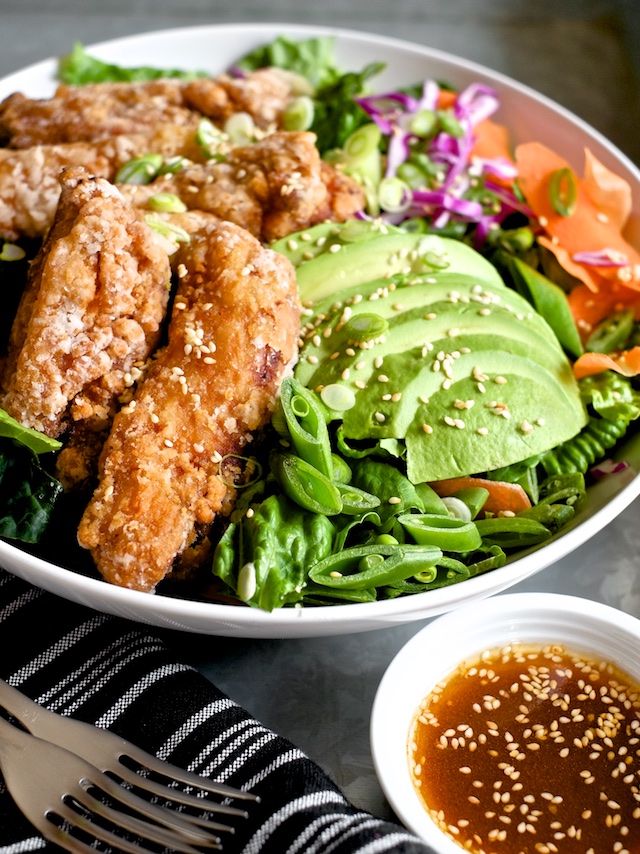
Sometimes I really want fried chicken for dinner. This puts me in a difficult position because I dislike frying intensely. Throttling the burner to keep the oil at the right temperature, resigning my forearms to grease splatters, and that fast-foody smell that lingers about 48 hours after dinner – by the time I’m done frying a batch of chicken I’m basically tapped-out. Sides tend to be an afterthought, but no woman can live on fried chicken alone. This salad is my favorite counterpoint to Japanese karaage-style fried chicken because it’s fresh and light and easy to throw together, not to mention delicious.
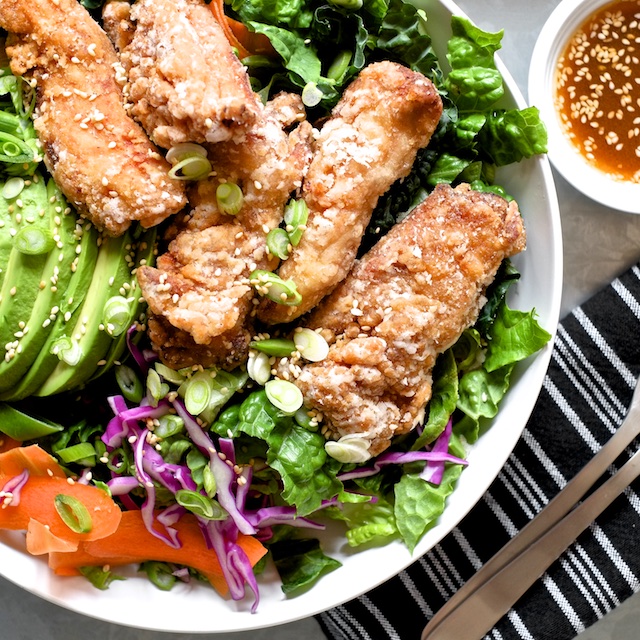
Honestly, this salad can stand on it’s own, especially when it has that much avocado on top. If I weren’t in the mood for frying I would eat this by itself or maybe with a handful of toasted almonds, some grilled chicken, or maybe salmon on top.
The dressing is probably the biggest revelation though, because I always always have all the ingredients I need to put it together (except sesame seeds, but they’re more for looks than flavor here anyway). It’s literally a pantry dressing, and you can get as creative with the greens and add-ins as you like. Here I’ve used kale and romaine with cabbage, carrots, snap peas, and green onions, but I’ve served this dressing on a kale and cabbage slaw and a straight romaine salad and both worked well. Give your chicken a few hours to marinade and chop your salad before you start to fry. Then you can dress the salad and throw the karaage on top and you’re ready to eat.
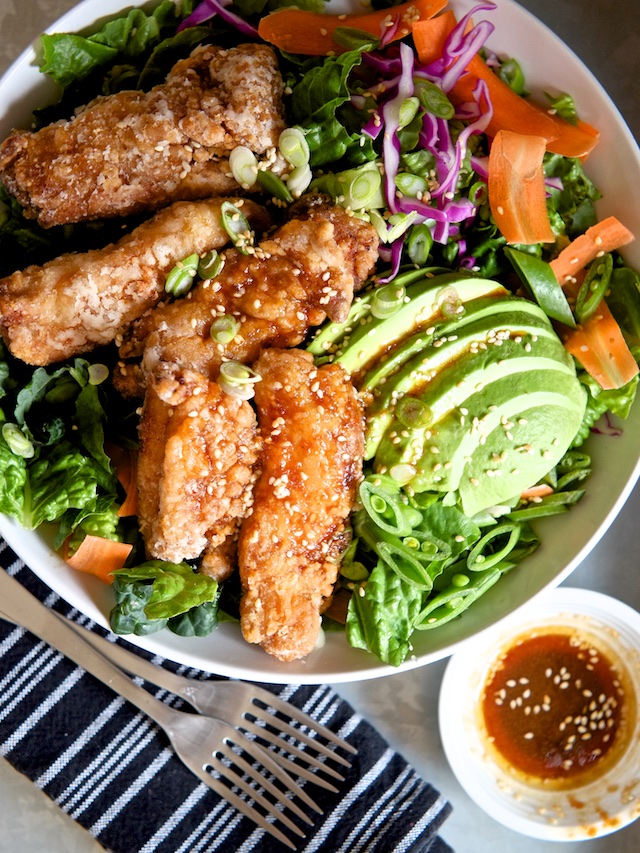
Japanese Fried Chicken Salad with Sesame Soy Dressing
serves 2-3
Ingredients:
1 recipe karaage (plan on about 1 breast or 2 thighs per person – don’t forget oil for frying and potato starch)
for the salad:
1 head romaine lettuce
4-5 leaves kale, chopped
1/4 small head red cabbage, shredded
1 carrot, peeled into ribbons
1/2 cup snap peas, sliced
3-4 green onions, sliced
1/2 avocado per person
for the dressing:
2 tsp toasted sesame seeds (plus another teaspoon or two to scatter on top)
1 Tbsp low sodium soy sauce
1 Tbsp rice vinegar
2 Tbsp neutral-flavored oil (I like peanut oil)
1/2 tsp toasted sesame oil
1/2 tsp honey
1/2 tsp sriracha
1 clove garlic, minced or grated
Method:
1. At least 4 hours and up to a day before, make the marinade for your karaage, pre-cut your chicken into strips, pour the marinade over the chicken and stash it in the fridge.
2. Before you begin frying, take your chicken out of the fridge to come up to room temperature. While it’s losing it’s chill, prep your salad and dressing. Wash your greens, peel your carrots, shred your cabbage, and slice the peas and onions – you can then pre-arrange the salads in your serving bowls or put everything together in a large salad bowl. In a smaller mixing bowl, whisk together sesame seeds, soy sauce, rice vinegar, neutral oil, sesame oil, honey, sriracha, and garlic and set it aside.
3. Preheat your frying oil in a deep-sided pot over medium heat. If you are using a thermometer to monitor the frying temperature, shoot for 350-375 (you may have to nudge the heat past medium to reach 350, but it’s better to undershoot and hit 350 slowly than overshoot and end up with a pot of smoking oil – be patient here, it’s worth it). Prep a landing spot for your chicken, like a cookie sheet in a warm oven or a cooling rack set over a tray. When your oil is hot enough, coat your marinated chicken in potato starch (dunk them one by one and roll them around until they are nicely covered – rubber gloves are great for this).
4. Fry your potato starch-coated chicken in small batches until the chicken is cooked through and the outside is nicely golden brown (the soy sauce marinade will cause some dark spots and the potato starch will fluff up and create some white bits, but that’s all good). Taste a piece of chicken to make sure it’s well-seasoned – if your marinade time was short, you will need to add a little salt.
5. Assemble your salads, top with dressing, slice your avocado, pile on the fried chicken, and finish with a final sprinkle of sesame seeds.
